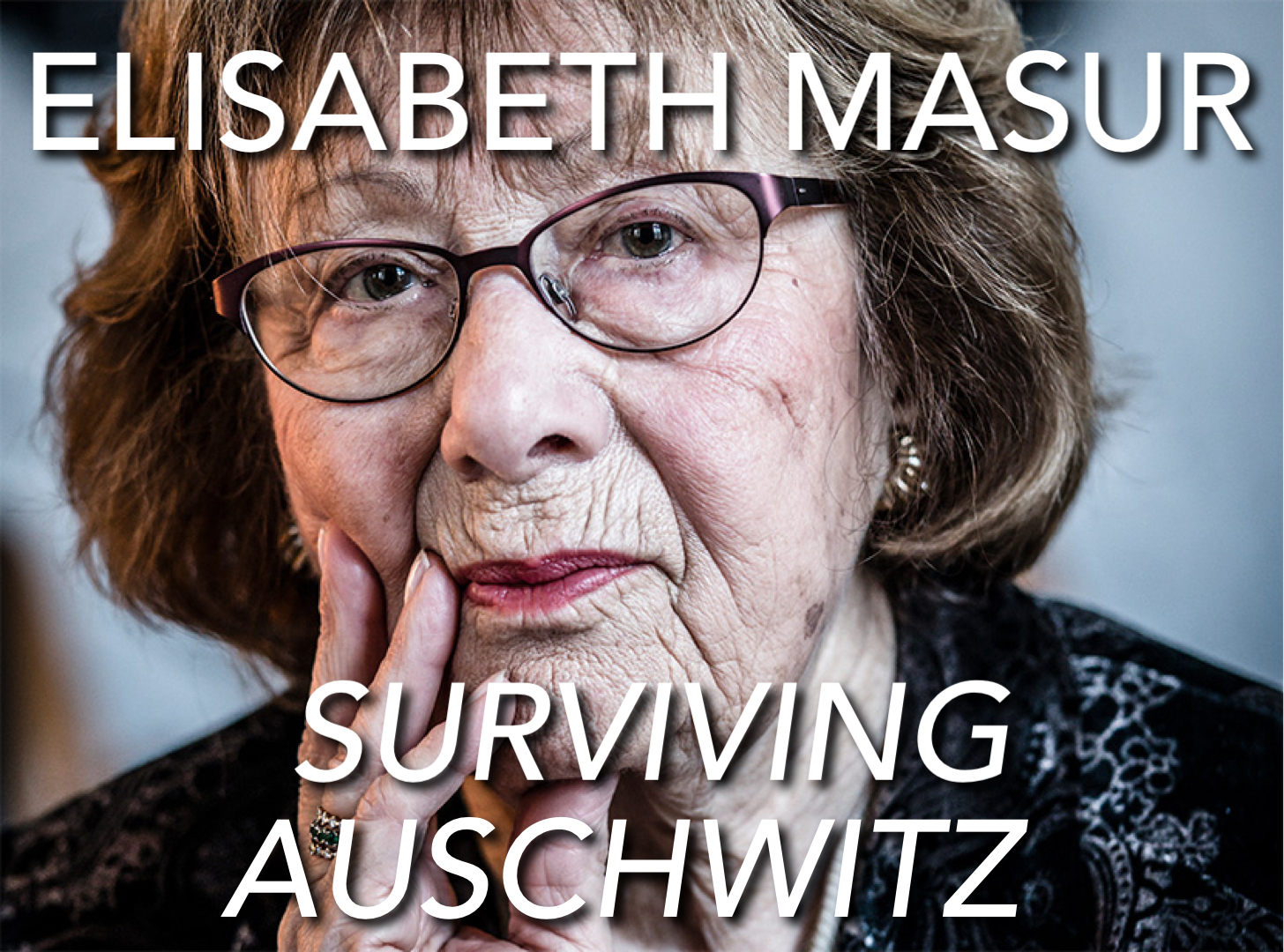This interview with Omer Kanat about the genocide of Uyghurs was conducted in July and August 2020 and has been edited for brevity and clarity. .
About Omer Kanat
Omer Kanat is the executive director of the Uyghur Human Rights Project (UHRP), which is a research based advocacy organization based in Washington D.C. They publish reports, briefings and press releases about what is happening in East Turkestan. At the same time, he is the executive chairman of the World Uyghur Congress – an umbrella organization of 46 Uyghur organizations around the world for Uyghurs in diaspora. Both of these organizations are promoting human rights and democracy for the Uyghur people.
Kanat was born in the city of Ghulja in East Turkestan – the region China calls Xinjiang Uyghur Autonomous Region. He had to move with his family to Afghanistan in 1971, still being a child. After several years he left Afghanistan and moved to Iran, continued to Turkey and ended up in Germany. He worked as a journalist in Münich for over a decade before moved to the US to work at the Radio Free Asia based in Washington D.C. in 1999. From having lived in so many countries, he now speaks seven languages fluently and can understand several more.
Can you please start by telling us about the Uyghur people?
– Uyghurs are a Turkic people with a rich history, culture and tradition. We speak Uyghur language, which is very close to Uzbek language, as well as to Kazakhs and Kyrgyz languages. We don’t only have very close linguistics, but also a lot of cultural and historic connections. According to official Chinese figures there are more than 11 million Uyghurs in Xinjiang. According to Uyghur scholars the number is a lot more than that, closer to 18 million people. We also have a large diaspora, with around 300 000 Uyghurs in Kazakhstan and more than 100 000 in Kyrgyzstan and Uzbekistan.
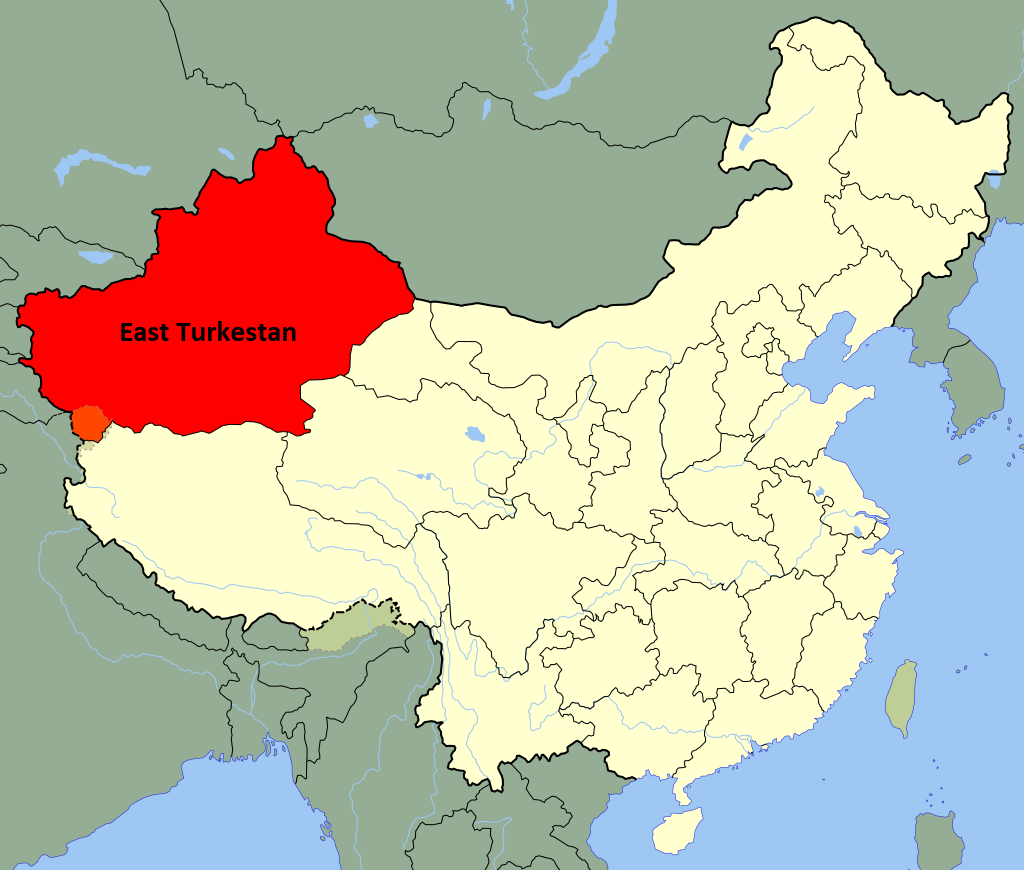
– In the middle of the 8th century, there was a great Uyghur empire called the Uyghur Khaganate. In the middle of the 9th century, the empire had been crushed and several tribes joined in the Karakhanid Khanate. The leader, Abdulkarim Satuq Bughra Khan, accepted Islam as the religion and he asked all the people under his rule to adopt Islam. This was in 934. The Uyghurs had earlier had their own religion with shamanism and other elements. When they accepted Islam, they mixed it with Uyghur culture. They kept their music, culture and traditions. In Uyghur culture, the relation between man and woman are very different than that in Islamic countries in the Middle East. For example, Uyghur women don’t have the tradition of covering their faces. Since East Turkestan is located in the crossroads between East and West, the people were always very open to all cultures and religions.
The Chinese government describes Xinjiang as a dangerous region with religious extremism and terrorist attacks. Is there any truth to those claims?
– This is an accusation and an excuse that the Chinese government always use. There has never been an organized terrorist group in East Turkestan. It is true that there have been some bloody incidents, but these incidents were triggered by the Chinese police’s brutal treatment of Uyghurs. Over the years, China has implemented a religious repression which has backfired. It caused some Uyghurs to become more religious, as a counter reaction. The government banned the use of head scarfs for example. Now some Uyghur women want to use head scarf as a protest. There are many incidents that started with the Chinese police provoking people on the street, like pulling the head scarf of a woman who is walking with her husband. When the husband interferes, the police uses it as an excuse to kill the man.
“China had been saying that all minorities in the country were happy and lived in harmony. This was proving the contrary.”
When did the persecution of Uyghurs start in China?
– It has been going on for decades. Ever since they occupied East Turkestan they have been trying to destroy the Uyghurs’ identity, culture and language. It started with a systemic assimilation policy, but since 2017 this systemic assimilation policy turned into a cultural genocide. Today it is a pure genocide. I would say that the real turning point was 2009. On July 5, 2009 thousands of Uyghurs peacefully demonstrated in the capital city Ürümqi, asking for justice. The demonstration turned into a bloody incident because of the Chinese security forces’ brutal treatment of the demonstrators. Hundreds of Uyghurs were killed by the Chinese police and following the demonstration, tens of thousands of Uyghurs were arrested. China had been saying that all minorities in the country were happy and lived in harmony. This was proving the contrary.
– In 2014, General Secretary of the Chinese Communist Party Xi Jinping visited East Turkestan and was very upset when he realized that the assimilation policy had failed, that Uyghurs were still Uyghurs. What is crucial to understand is the geopolitical importance of the region to China. Xi Jinping’s project One Belt One Road, what some would call “the Silk Road 2.0”, has Xinjiang as a gateway – it’s a key region for the project. Given the importance of this project, China’s government started to consider the Uyghurs a security threat.
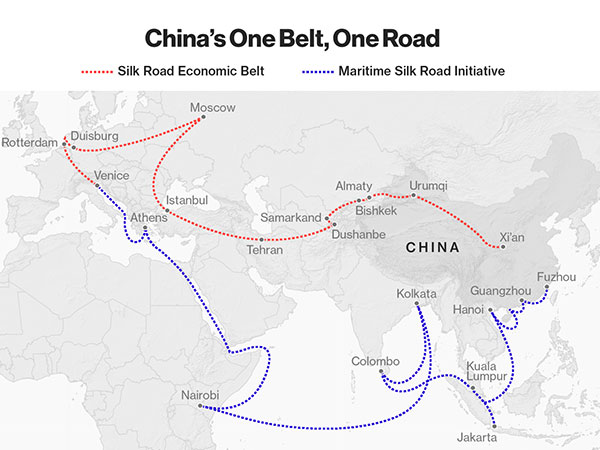
Image: Top China Travel
– To handle the Uyghurs, the authorities appointed a new party secretary of Xinjiang: Chen Quanguo. He was selected because of his successful record of repressing methods in Tibet, where he was the previous party secretary. His work started in 2016 and right away he initiated a mass-detention. More or less everybody they could get were put in so called “re-education camps”, which is a nicer name for concentration camps. It was an act of forced assimilation. They forced the camp prisoners to renounce their religion, culture and to only speak in Mandarin Chinese. Information that has leaked from these camps tell horrific stories about torture, rape and forced medication. Quanguo also installed advanced, high-tech surveillance systems with facial recognition and cameras on every corner.
How many have been detained and what is known about what is happening inside the camps?
– According to experts, there are about 2-3 million Uyghurs in these concentration camps. Uyghur estimations say closer to 5 million. In some villages you can’t see any males anymore, only elderly women and some children. The rest have been taken to the camps and are being detained without any criminal charges, indefinitely detained. There are very few who have managed to reach safety, and it has been because they had citizenship of other countries. Some people with Kazakh citizenship where released after negotiations with Kazakhstan, and then two Uyghur women who were married to a Pakistani and an Egyptian.
“The purpose of the camps are clearly stated: break the Uyghurs’ lineage, their roots, their origins and eliminate their culture, religion and identity.”
– The testimonies of these survivors are of course strong evidence of what is going on inside the camps. But we also know of people who have died in custody. Bodies of well-known religious leaders have been given to their families and the cause of death was said to be some unknown illness. The families were not allowed to touch the bodies and they were buried under the supervision of the security services. We also know of many suicides in the camps, of people who no longer could stand the torture.
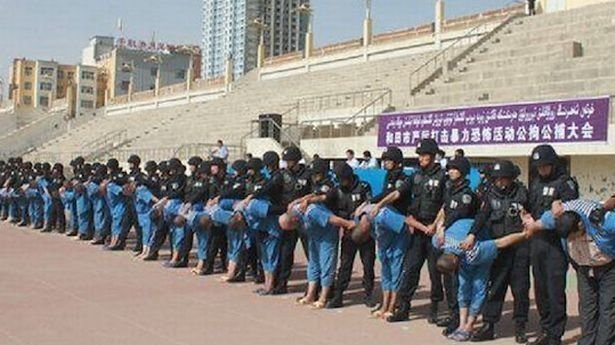
– Another strong source of evidence has been leaked documents and statements by Chinese officials. These documents show clear instructions of how the security services are supposed to treat the Uyghurs. The purpose of the camps are clearly stated: break the Uyghurs’ lineage, their roots, their origins and eliminate their culture, religion and identity. This goes hand in hand with statements Xi Jinping has done when he compared Islam to a contagious virus that must be treated, and when he ordered the security officials in Xinjiang to show no mercy when dealing with the Uyghurs.
Is it correct to call this a genocide?
– The Washington Post published an Opinion Editorial in July calling what is happening a genocide. Many world leaders have called this the worst human rights violation since the Second World War. Many experts call it a cultural genocide, an ethnic cleansing and a crime against humanity, including the Holocaust Museum in Washington D.C. Now, the German scholar Adrian Zenz has recently proven in his research that the Chinese treatment of Uyghurs very specifically meets at least one of the five criteria set forth by the United Nations Convention for the Punishment and Prevention of the Crime of Genocide from 1948 – the suppression of birth. He has looked in to Chinese official figures and found that the Uyghur population’s growth rate in China dropped with 84% between 2015 and 2018.
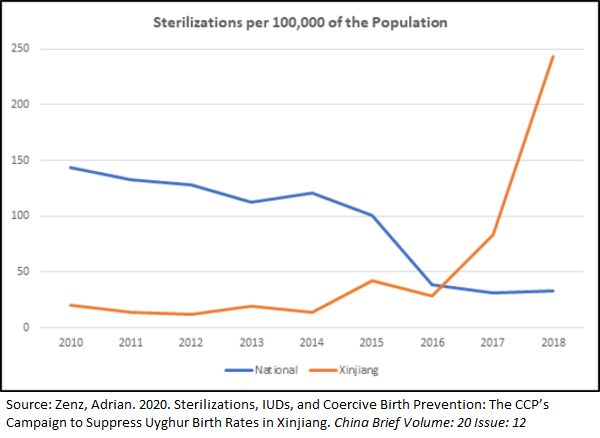
– Just the other week, 38 organizations and esteemed experts on genocide wrote a joint letter to governments saying that the atrocities against Uyghurs fit the definition of genocide, as well as crimes against humanity. These groups, together with UHRP, called for a UN Commission of Inquiry. UHRP also sent the letter to more than 200 officials in the UN, EU, and governments and parliaments in many countries. The atrocities cited in the letter include mass arbitrary detention, political indoctrination, enforced disappearances, destruction of cultural sites, forced labor and policies intended to reduce birth rates, including involuntary abortions and sterilizations. The signatories, many of which are groups founded as a result of the Holocaust, argue that these measures meet the threshold of acts constitutive of genocide under the Genocide Convention.
The ongoing persecution of Uyghurs in China has caused different reactions in the international community. Remarkably, most Muslim majority countries have been completely silent or even shown support for China. What are your thoughts on that?
– It is very unfortunate. The Muslim countries and governments know what is happening, it’s not unknown in any way. But these countries are driven by their economic interests first of all, and China promises credits and investments with the condition that they keep silent. Another factor to keep in mind is that many Muslim majority countries are themselves violating the rights of their own population. Of course they don’t want to talk about such issues.
– We have tried to explain to these communities and governments that this is not only an assault on Uyghurs, but on Islam. China is trying to eliminate Islam as a religion by destroying the mosques, burning Qurans and banning Muslim names for children. Look at what happened when a crazy guy in California wanted to burn the Quran or when caricature paintings of Prophet Muhammad were published – there were mass demonstrations in many Muslim countries, condemnations and violent attacks on embassies. But when China bulldozes more than 6000 mosques and burns millions of Quran in East Turkestan, there is no reaction at all.
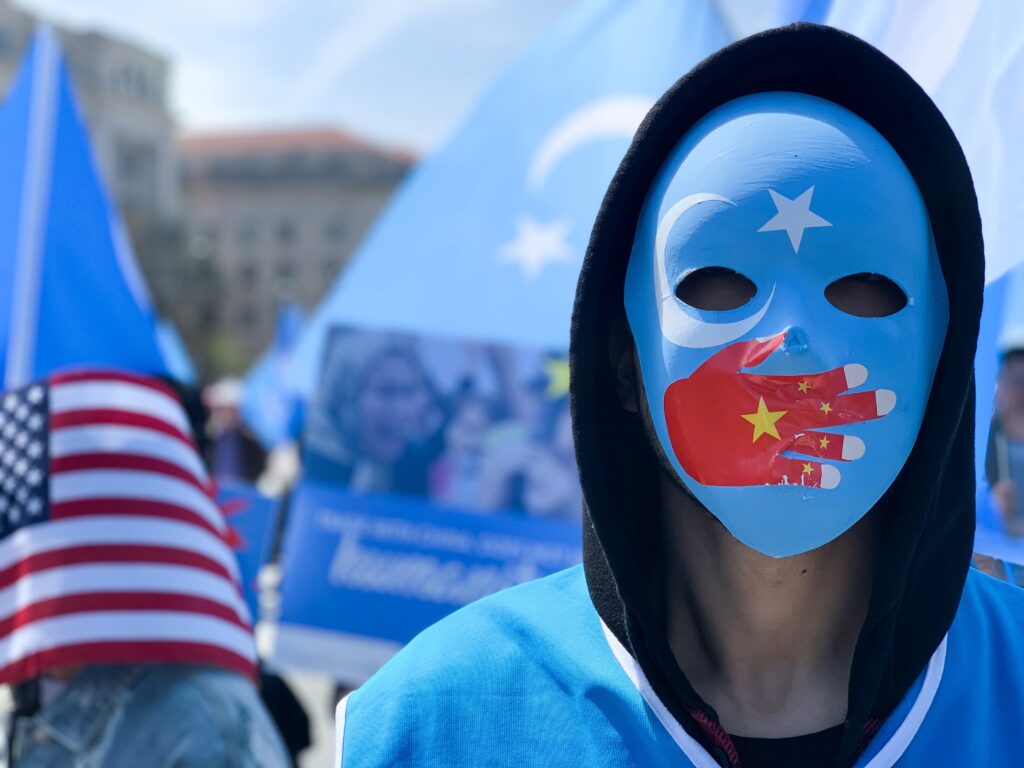
– However, it is important to differentiate between the governments of Muslim countries and the Muslim population. The people are very sympathetic to the Uyghurs and there are a lot of movements starting among them, thanks to a social media effect. The governments of these countries are often preventing news outlets from covering these atrocities, but thanks to social media the people are now starting to realize what is going on. I think and hope that these movements will eventually force the governments to change their positions.
Have you seen any country being a good example?
– Yes, the US has been one of the most outspoken countries against the Chinese treatment of Uyghurs. US lawmakers passed a law called the Uyghur Human Rights Policy Act. It was bipartisan and was passed unanimously in the Senate. This law makes the US government impose the Global Magnitsky act on Chinese officials who are responsible for these atrocities in East Turkestan. This has led to US sanctions on four Chinese officials. They have also blacklisted many Chinese companies that have been identified to be involved in forced labor by Uyghurs. The US Secretary of State, Mike Pompeo, spoke up about the Chinese government’s repression of the Uyghurs several times during the last two years. Probably on more than 20 occasions.
– Many governments, companies and human rights organizations in Europe are also starting to pay more attention to this issue now. The Foreign Minister of the UK criticized China and condemned the atrocities in East Turkestan. France spoke up recently and also some smaller countries like the Netherlands. The Swedish government openly announced that if Uyghurs ask for asylum in Sweden they will never be deported back to China.
“They promised “Never again” after the crimes of Nazi Germany, but now it is happening again!”
Do you think this genocide can be stopped with condemnations, sanctions and diplomatic dialogue? Or will it in the end require military interventions?
– If all the governments in Europe act together and follow in the footsteps of the US with sanctions, it would be a big blow to Chinese government and to their image in the world. It would also hurt them economically, and China is very afraid to any deterioration in its economic development. The Chinese communist party is in power thanks to the economic success and if they fail, there will be an uprising. They are very sensitive to any economic damage. I’m confident that if the international community comes together and all of them do what the US government is doing. Then China will back up.
– The facts are on the table. States have clear obligations to hold perpetrators accountable for crimes of this magnitude. I think the international community has an obligation to stop China from eliminating the Uyghurs as a distinct ethnic group. They promised “Never again” after the crimes of Nazi Germany, but now it is happening again! If they really mean something by this promise, they have to act now! There is now an example, set by the US, by blacklisting and sanctioning Chinese officials and Chinese companies that are directly involved in these horrific crimes. Now, the rest of the world has to follow.
If you found this article interesting, you should probably also check these out:
